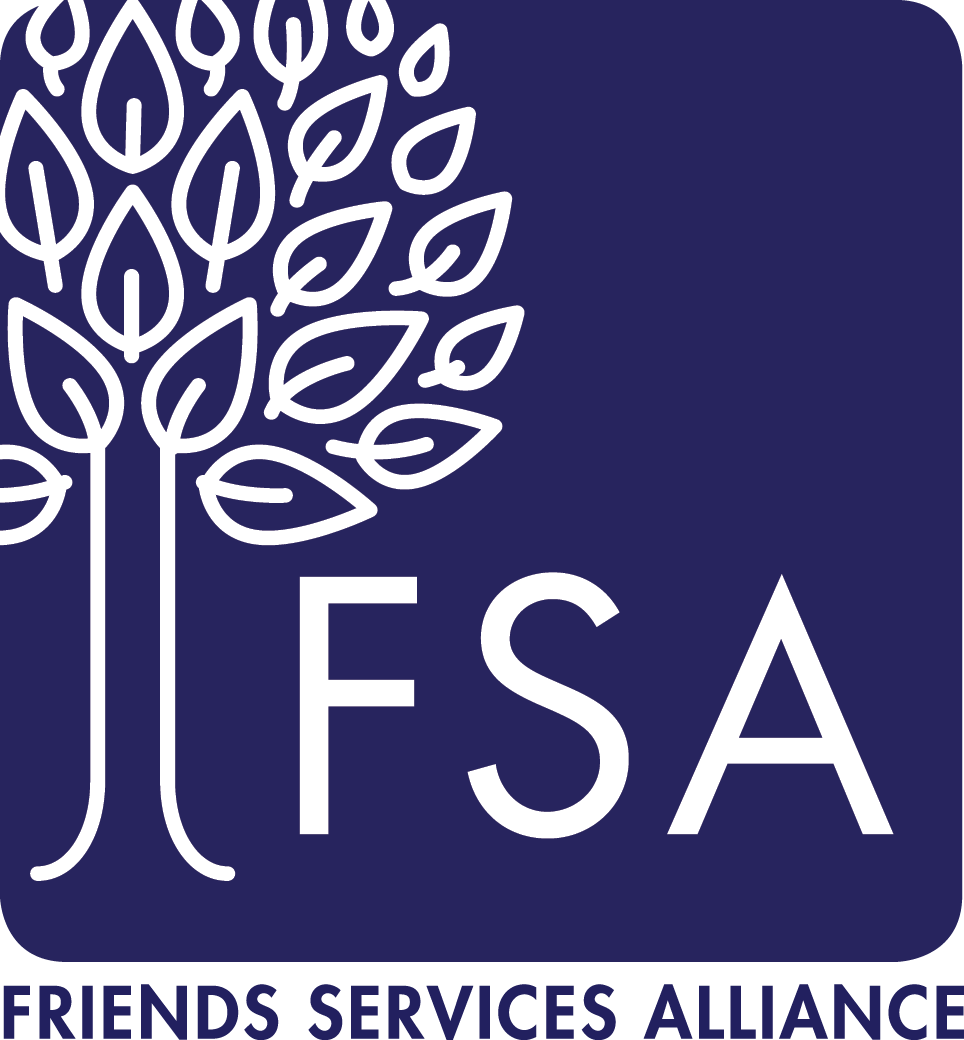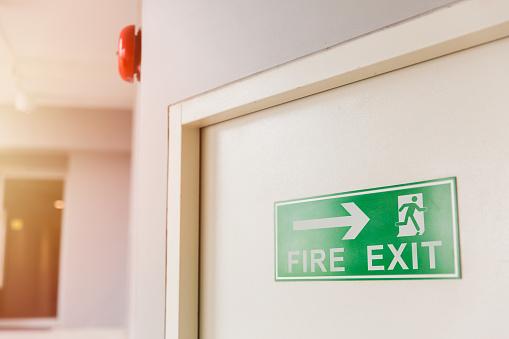Triple Check: Worth the Effort
Organizations may rely on checking a sample of claims, or put their confidence in the EMR to pull correct claim documentation data. However, these are not fail-safe methods of ensuring Medicare billing compliance.
Designed to verify the accuracy and completeness of Medicare claims before submission to CMS, the Triple Check process consists of three levels of review to catch errors in coding, documentation, and billing practices. It can reduce delays in reimbursement and guard against noncompliance risk.
It’s true that the Triple Check process is time - and resource - intensive. But without it, mistakes or omissions can slip through the cracks, carrying a range of possible consequences such as:
- Financial penalties (e.g., fines, recoupment of overpayment)
- Legal action (e.g., fraud allegations, civil monetary penalties, False Claims Act lawsuits)
- Exclusion of participation in the case of severe violations
Beyond ensuring regulatory compliance, the Triple Check process is an opportunity to improve quality of care by ensuring that residents are receiving the highest level of services for which they qualify.
Here are some top trends in SNF billing errors identified by Medicare’s Targeted Probe & Educate Program:
- Missing or incomplete physician certifications
- Documentation does not meet medical eligibility/skilled criteria
- Insufficient or missing documentation (MDS Section GG)
- Qualifying hospitalization omitted from claim
- Hospital observational status vs. admission status
- Notice of Medicare non-coverage (NOMNC) not issued or not issued in a timely manner
Case Law
- In 2020, nursing home operator Guardian Elder Care agreed to pay $15,466,278 to settle a False Claims Act violation alleging that the company provided medically unnecessary rehab therapy.
- Life Care Centers of America agreed to pay a $145 million in 2016 to settle a False Claims Act lawsuit alleging that its SNFs submitted claims for rehabilitation therapy services that were not necessary or skilled.
Who Should be on the Triple Check Team?
For Medicare Part A claims, team members involved in the Triple Check review should include:
- Biller
- MDS Coordinator
- Rehab Manager
For Medicare Part B claims, the Biller and Rehab Manager should complete the Triple Check review. In most cases, the Biller acts as the team leader, but this can be community specific.
When necessary, members of nursing, social service, and health information management should be involved as well for both Part A and Part B claims.
What Are the Steps of the Triple Check Process?
Organizations should have a policy outlining the Triple Check process. Here are some essential procedures to include:
- The biller notifies the Triple Check team when claims have been completed and are ready for review.
- The team determines a meeting date and time.
- Everyone brings supporting documentation with them to the meeting, including any electronic records or paper records.
- The team leader uses the appropriate Triple Check form (including all residents’ names) and leads the review of each claim and item on the Triple Check form. The team leader documents C for Complete or RA for Requires Action. Any item marked RA is identified in the comments section of the Triple Check form and the note will include who on the team will be responsible for following up on the item.
- At the end of each meeting, all team members provide a signature showing evidence of attendance, to attest to having provided accurate information and having knowledge of action items for which they are responsible.
- Claims that did not get a C for Complete on all items on the Triple Check form are not transmitted for payment.
- All team members are expected to report back to the biller on all action items in writing. Action items must be a priority as the claim is being held until it can be marked C for complete.
- The biller prints/copies all action item written reports and attaches them to the original Triple Check form for future reference.
- Once all items are complete, the claim can be transmitted.
Triple Check Best Practices
The Triple Check process should be conducted every month for every resident, beginning immediately upon admission and on 100% of Medicare Part A and Part B claims. Any claim found lacking supportive documentation should not be submitted to CMS.
Here are some additional tips:
- The Triple Check should take place around the eighth of the month following the month you’re closing on.
- A software update warrants closer attention.
- A change in therapy provider is another red flag for extra scrutiny to claims and documentation.
- Leadership should monitor the Triple Check process, assessing the following to determine where improvement is needed:
- Are team members completing all tasks in a timely manner?
- Are members reviewing their own work, or is there a system of checks and balances among them?
- How are errors or discrepancies identified and addressed within the Triple Check process?
- Are 100% of Medicare A and B claims reviewed? If not, why? What procedural or resource adjustments are necessary to facilitate a comprehensive review of 100% of claims?
- Are there any challenges or areas for improvement identified within the current Triple Check process?
Friends Services Alliance (FSA) is a national professional association of values-aligned organizations that serve seniors. Our support services include a team of Compliance experts who have supported organizations in developing and maintaining effective Compliance and Ethics Programs for more than 20 years.




